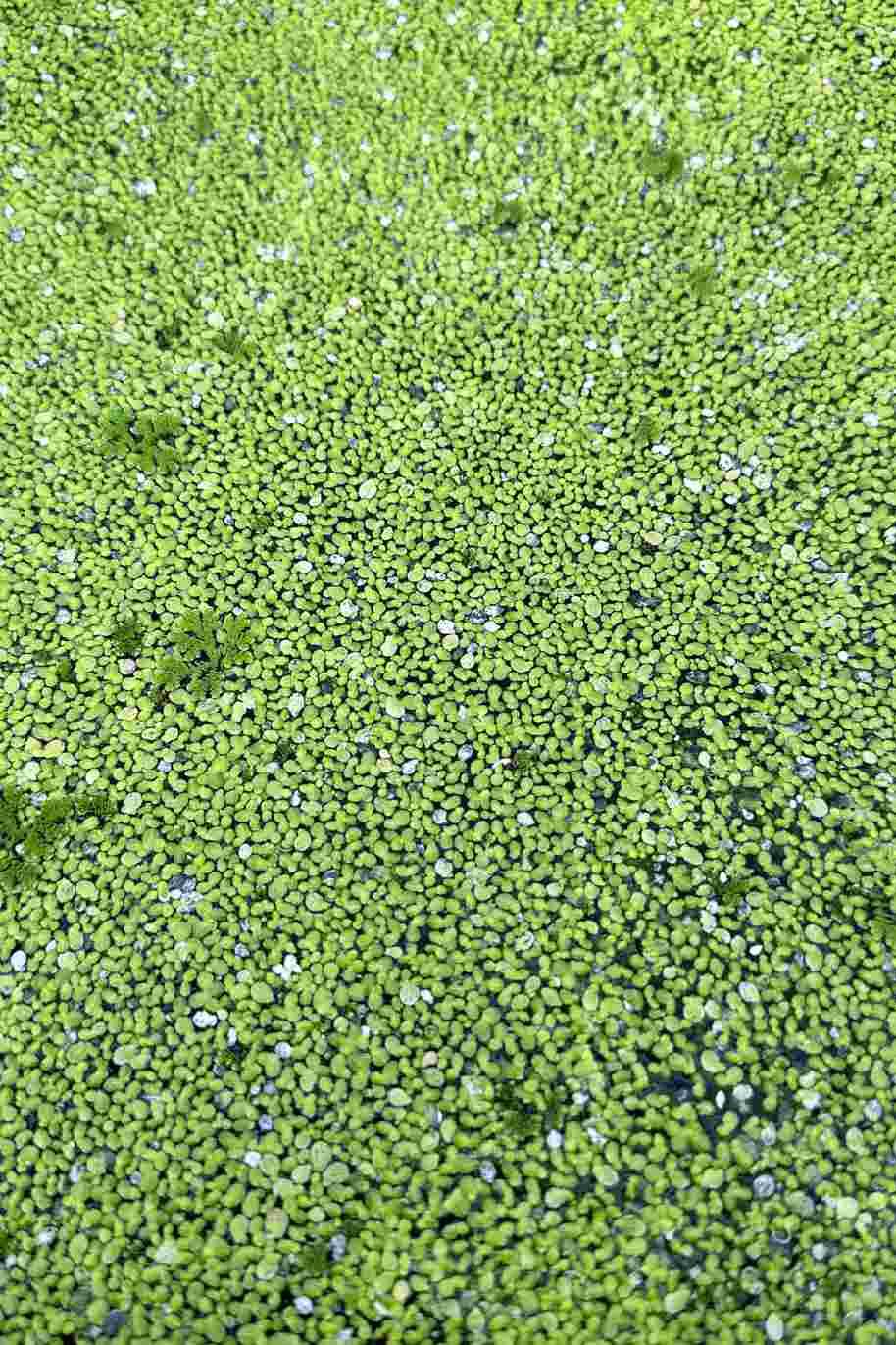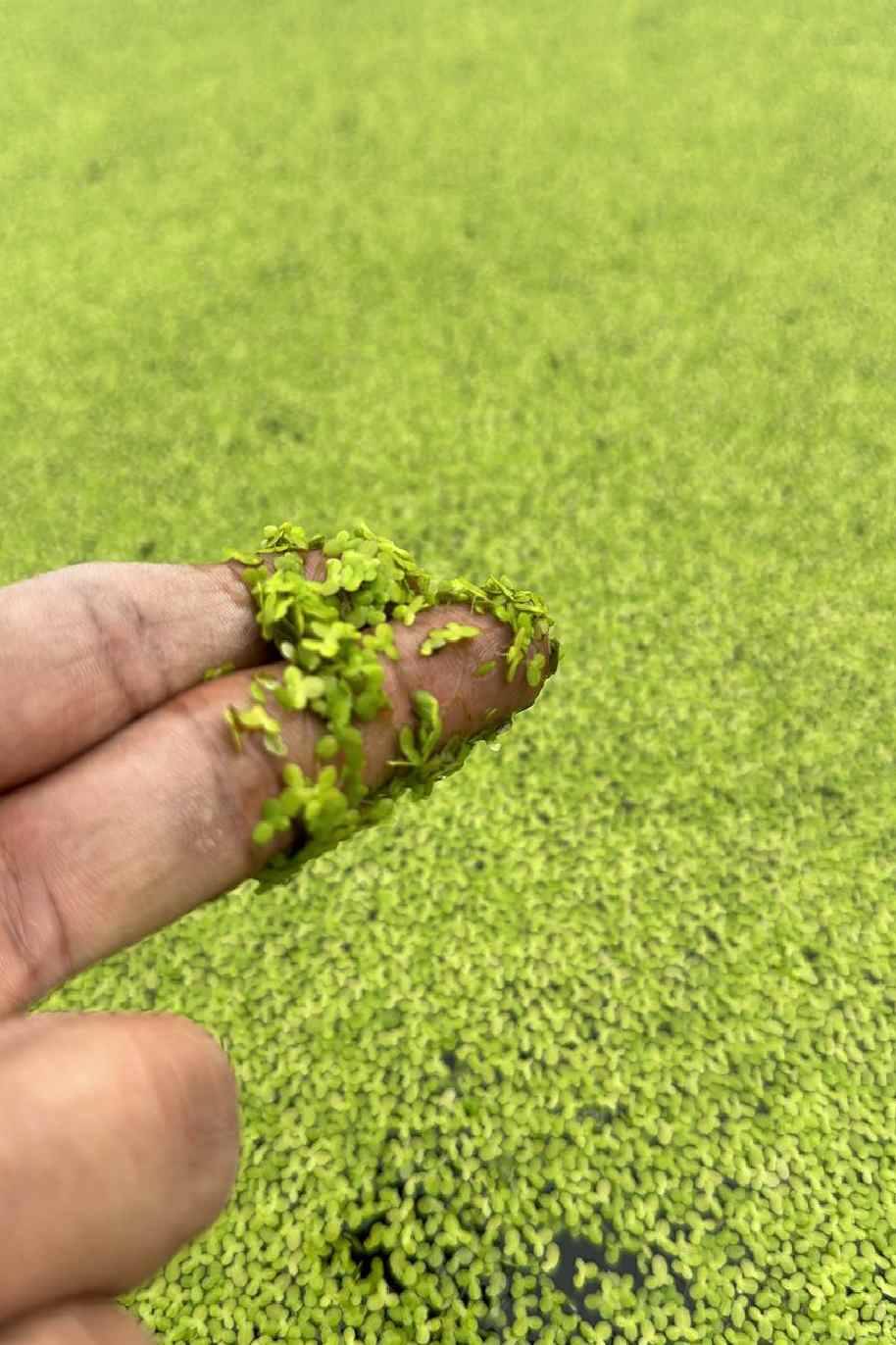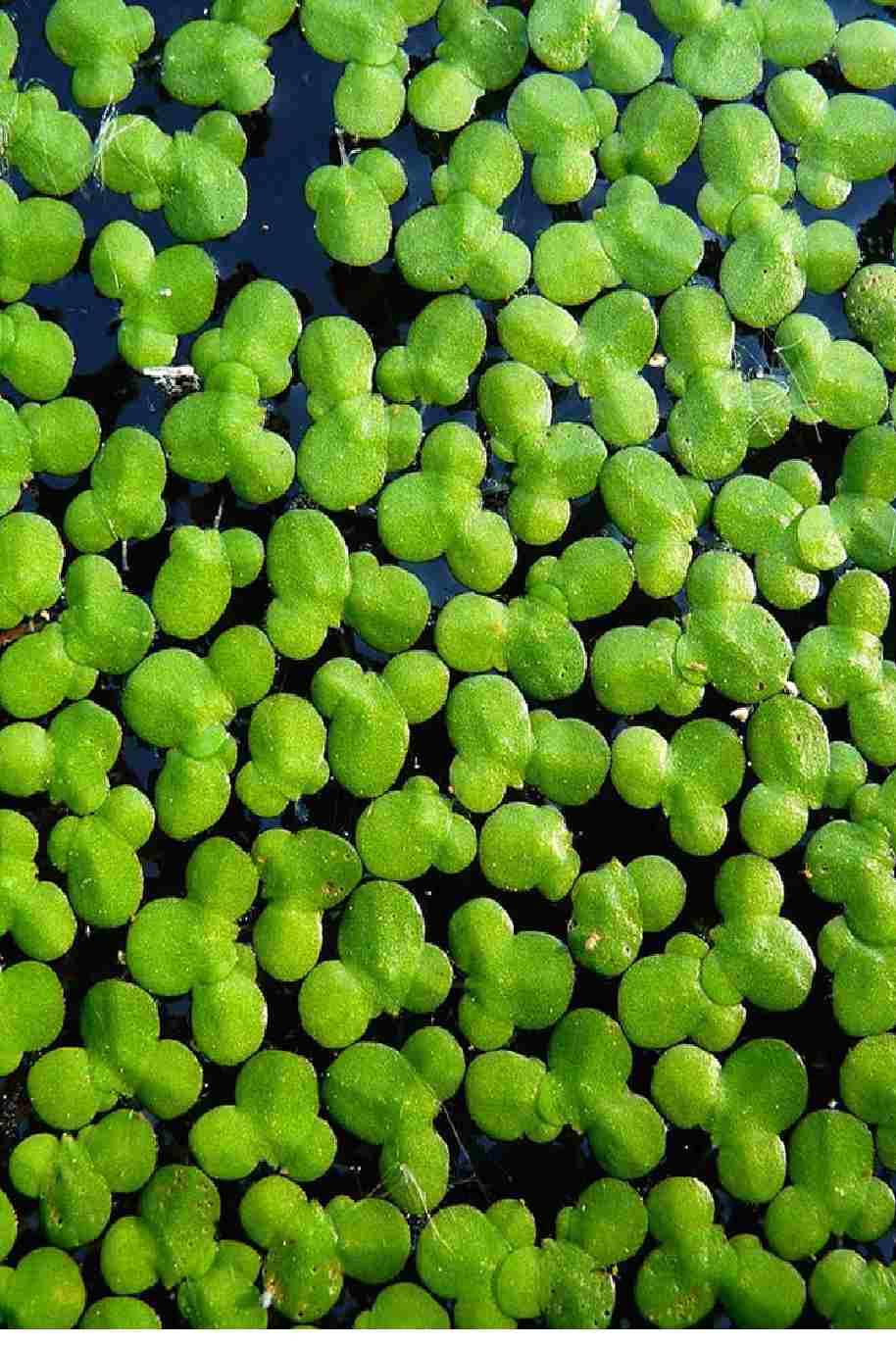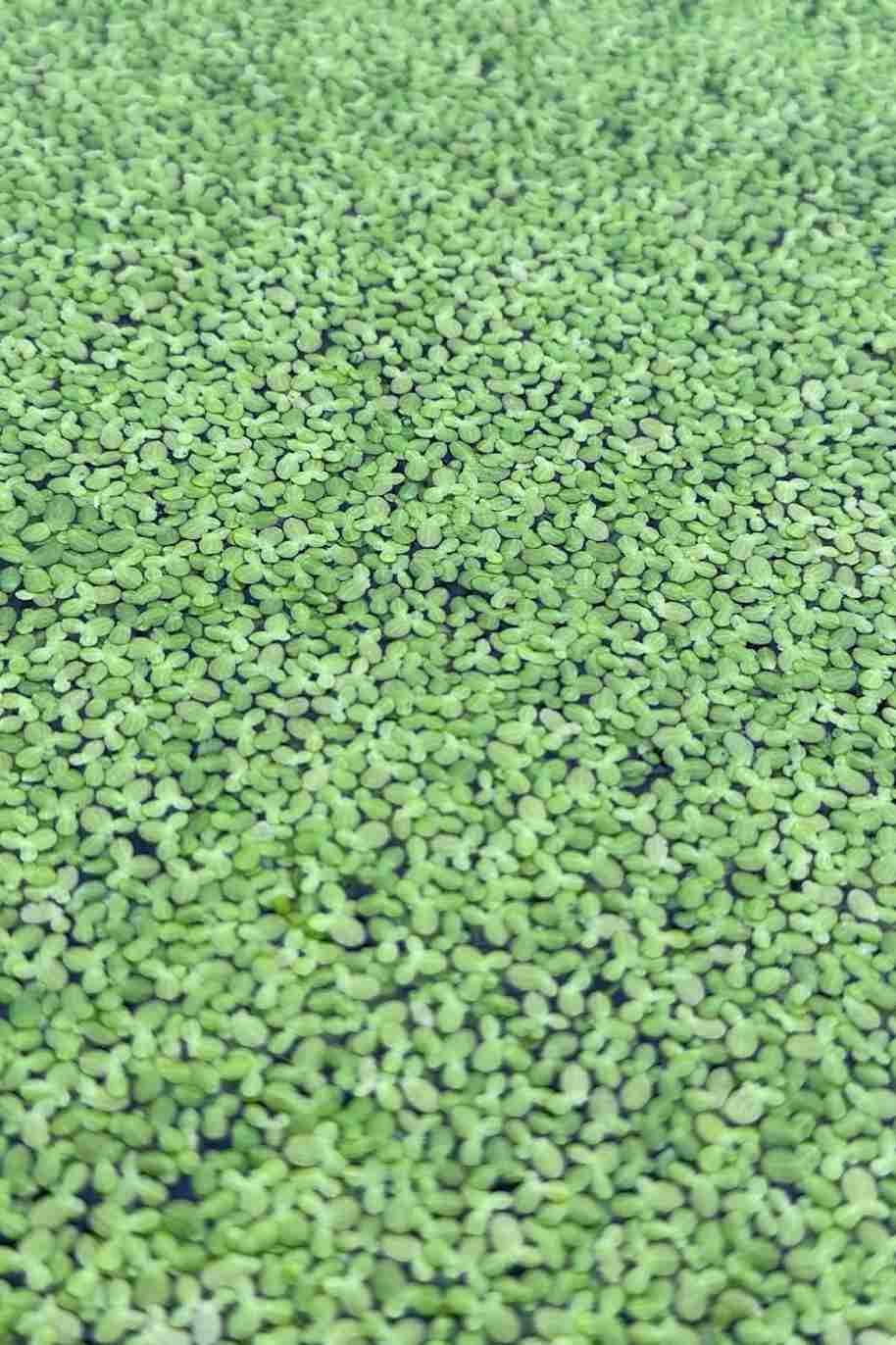Plant Bio
Duckweeds (Lemnaceae) are a family of tiny aquatic plants that float on the surface of still or slow-moving water. They are some of the smallest and simplest flowering plants, and they consist of several genera, including Lemna, Wolffia, and Spirodela. Duckweeds are characterized by their small, flat, and often oval-shaped leaves, which are typically one to several millimeters in size. The plants are green and can reproduce rapidly under favorable conditions.
Care Guide for Duckweeds Water Plant:
Duckweeds are remarkably easy to care for, making them suitable for various aquatic environments. Here's a basic care guide:
Water Conditions:
Duckweeds thrive in freshwater environments, including ponds, lakes, and aquariums.
Ensure that the water is clean and free from pollutants. Duckweeds are excellent at absorbing nutrients from the water, so they can help improve water quality.
Lighting:
Duckweeds require plenty of sunlight to photosynthesize and grow. Place them in an area where they can receive ample natural light.
If grown indoors in an aquarium, provide artificial light if natural light is insufficient.
Temperature:
Duckweeds generally prefer temperatures between 60°F to 75°F (15°C to 24°C). They are adaptable and can tolerate a range of temperatures.
Nutrients:
Duckweeds are efficient at extracting nutrients from the water. However, if grown in aquariums or artificial water environments, you may need to supplement nutrients occasionally.
Avoid excessive nutrient levels, as this can lead to overgrowth and negatively impact water quality.
pH Levels:
Duckweeds typically thrive in neutral to slightly alkaline pH levels. Aim for a pH range between 6.5 to 7.5.
Water Movement:
Duckweeds prefer still or slow-moving water. Avoid strong currents or turbulent water conditions.
Propagation:
Duckweeds reproduce quickly, primarily through asexual reproduction (budding). New plants, called fronds, develop from the parent plant.
Regular thinning may be necessary to prevent overcrowding.
Cleaning and Maintenance:
Periodically remove debris from the water surface to ensure optimal light penetration for the duckweeds.
If growing in an aquarium, monitor water conditions regularly and perform water changes as needed.
Pest Control:
Duckweeds are generally resistant to pests. However, be mindful of potential contamination from pollutants or invasive species in natural water bodies.
Harvesting:
Duckweeds can be harvested for various purposes, including as a food source for fish or as a potential nutrient-rich supplement for human consumption.
Harvest by scooping them from the water surface using a fine mesh net.
Legal Considerations:
Check local regulations before introducing duckweeds into natural water bodies to avoid potential invasive species issues.
Duckweeds are valued for their ability to provide habitat and food for aquatic organisms, improve water quality, and serve as a sustainable nutrient source. When introducing duckweeds to a new environment, be mindful of their potential for rapid growth and ensure that conditions are suitable for both the plants and the surrounding ecosystem.











